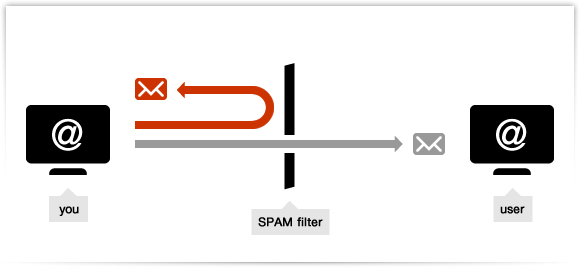Why sometimes an email is not being delivered to its intended recipient? Excluding the basic cases of soft and hard bounces (when the recipient’s mailbox is respectively full or non-existent), emails can be blocked or filtered out by antispam systems without you even knowing that. And making your communications – be they personal or business-related – in real danger.
So, how to avoid that? One of the main cause of this issue is a low IP reputation. Every time you mail out a message, your SMTP server hands the delivery via a particular IP to which is assigned a certain value, depending on different factors (e.g. the number of bounces usually received, and the kind of users you share it with).
If the reputation is low, the recipient’s incoming server can simply refuse to accept your emails. In the worst scenario, an entire family of IPs can be marked as spam sender and then blocked – put in a blacklist.
Solution: use turboSMTP’s professional outgoing server, that relies only on monitored IPs, and will increase your delivery rate, making all your emails get to their dedicated inbox.
